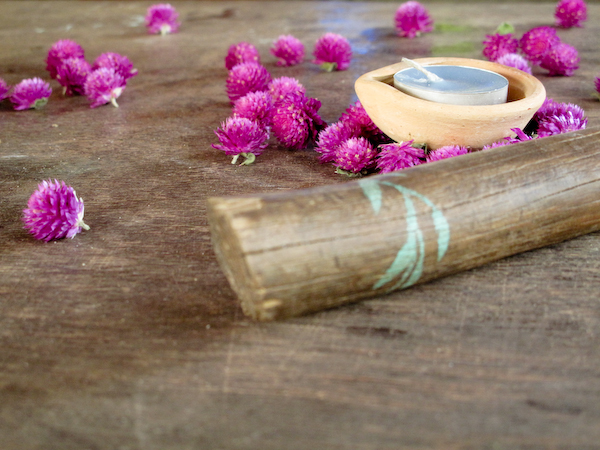Meditation Series Part One: The Order for Shekina Meditation.
/Here I'll explain the form our meditations take. It works really well for us, and it's simple and lovely. (I'll be using parts of the Guide to Meditation that Cate wrote for us.) Shekina meditation is guided meditation, which we do sitting in a circle. In our communities different people take turns guiding, and the guide leads the people in the circle through each part of the meditation.

Shekina meditation has four main branches, with an optional discussion at the end.
During the introduction, the guide will explain a little about our meditation. For instance, "Welcome to Shekina Meditation. By use of the Holy Scriptures, we intend to create a safe place for the Divine Presence to speak. We have experienced and believe that God desires connection with us, and wants to visit us with wisdom and love.”
There may be other things that the guide brings up during the introduction. I sometimes mention that we are not alone in meditation. We are together as people, in our circle, and the Spirit of God is present in the room, the Divine Presence. The guide may give a short background on the scripture being read, if it is a scripture, without giving too much instruction into what the scripture means, since the point of the meditation is to be open and allow the Spirit to speak to each person.
The second branch of meditation is what we call the Preliminaries.
During the preliminaries, it is the guide's job to prepare those who are in the circle for meditation. We often arrive flustered and hot, straight from rushing from somewhere or (for me) from giving children their breakfast. The preliminaries take us past that and into a quiet space, ready for depth and silence.
*If you are doing this on your own, you should make sure to spend a good amount of time on preliminaries. I have arrived late at meditation and missed the preliminaries and the meditation was a totally different experience for me.*
The guide directs the people in the circle to focus their attention on the different physical and emotional realities of the moment.
She draws attention to breath. To sounds. To the fact that others are in the circle. She directs the people in the circle to take their cares and imagine putting them away for a while. To make a quiet space of expectation. She asks the people in the circle to slow their breath, to be comfortable, to relax their shoulders. She uses a lot of time to do this, silence and a calm voice.
This brings the circle into the next branch of our form. The meditation.
We always have content during meditation, and in the coming weeks I will introduce several types of meditation. This part of the time will usually run from 20 to 30 minutes, or maybe longer if the meditation involves moving around or going out and coming back (contemplation of nature, for example).
The main thing the guide (or you, if you are doing this on your own) needs to remember is not to be afraid of silence. The silence always feels longer for the guide! Others may just be entering into a dreamy vision or true depth with a scripture and a jumpy guide can rush the moment. Give a lot of space. Less is more. I'll cover this more in the different types of meditation.
The last branch of the meditation is sharing.
To us, sharing is an extension of meditation, as the act of sharing and of listening to one another is an act of love and receiving from one another. It is acknowledgement that we aren't doing this alone, that we are together, even in our silence.
For our sharing times, we have a talking circle, passing a talking stick, a tradition that we got from Rainbow Gatherings, but which dates back to many First Nations tribes. The talking stick is a simple way to honor the speaking person. The rules of a talking circle are simple. The person holding the stick is the only one talking, with everyone else listening. The stick is passed around the circle and each person has the option to share or pass freely. We allow the stick to go around the circle twice, in order to give people more than one chance to speak. And the guide always explains the function of the talking circle, then passes the stick in order to let the person to her left or right go first.
During the talking circle, each person shares what occurred for him or her during the meditation. We really try to honor the time, to continue our quietness by listening, and when we have the stick, by not commenting on, correcting or responding to what any person says. It is a time to share briefly and personally, not a time to teach or give a long exposition. One of the main values of Shekina Meditation is to form a space that is open for people of any amount of experience with the Christian faith, from none whatsoever to years and years, so it is important that each person feels safe, welcome, and honored.
When the talking circle is over, the guide may feel led to offer a short prayer, or not. It is up to her to decide. She may also feel that it is a good idea to take a few more minutes of silence before heading straight into discussion. It really depends on how the group is, and how the meditation has gone.
There is often a time discussion after the talking circle, time that is more free. This would be the time for people to weigh in with their opinions and experience. (Respectfully, of course.)
And there it is, the structure we have been using for years now. The wonderful thing about this structure is that we find ourselves able to use it in any context, in any place. It is versatile and ready for the moment.
Next in this series, I'll be talking about the type of meditation we practice most: Lectio Divina.





